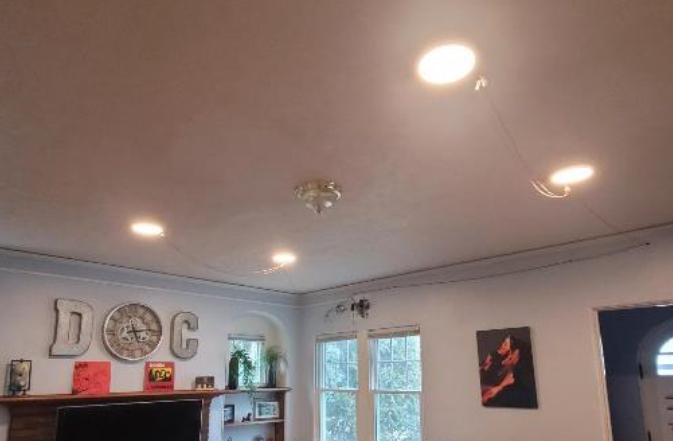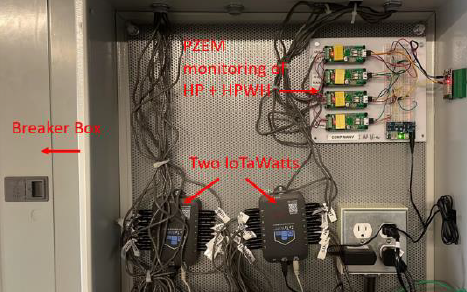publications
My publications by categories in reversed chronological order.
2024
-
 Development and Comparative Analysis of a Power-over-Ethernet (PoE) DC Lighting System for Residential BuildingsLokesh Sriram, Aaron Farha, Andreas Hoess, and 4 more authors2024
Development and Comparative Analysis of a Power-over-Ethernet (PoE) DC Lighting System for Residential BuildingsLokesh Sriram, Aaron Farha, Andreas Hoess, and 4 more authors2024Power over Ethernet (PoE) technology optimizes lighting systems by transmitting power and data transmission over the same Ethernet cable. This technology holds the promise of significant advancements in energy efficiency, cost-effectiveness, and flexibility in lighting design. Through PoE, lighting systems can be centrally controlled and managed, allowing for dynamic adjustments in brightness, color temperature, and fixture behavior. This enhances user comfort and leads to energy savings by optimizing usage. Furthermore, PoE eliminates the need for separate electrical wiring, simplifying installation and reducing upfront costs. This makes it an attractive choice for both new construction projects and retrofitting existing spaces. This paper explores the design and implementation of a PoE based DC (Direct Current) lighting system and the power savings and versatility offered in doing so. The system uses a PoE Switch or Relay (PoES) to direct the data and the power to the DC lights. PoE Controllers (LINCS) are used to supply the power to the lights themselves. Kinetic switches are used to supply a wireless and unpowered method of turning on and off the lights. Finally, the PoE Central Control (COR-TAP) is configured to receive input from the kinetic switches and issue commands to different LINCs. This system was installed in a real-world residential building for testing. The results show that the DC lights alone are 33% more efficient than traditional AC lighting. However, when considering the entire system, the DC test bed consumed 15W compared to 10W for the AC lighting system. Scaling the system revealed that if deployed in more than two rooms, the DC lighting system becomes more efficient, reaching a maximum of 22% power savings. Through this comparative study, it is evident that the new system can improve lighting efficiency, connectivity, and flexibility compared to traditional AC lighting systems but also calls for improving the DC distribution devices to reduce power consumption.
2023
-
 Design and Application of an in Situ IoTBased Energy Monitoring System for Use in Real Time Building ModelingAaron Farha, Elias N Pergantis, Lokesh Sriram, and 1 more authorASHRAE Transactions, 2023
Design and Application of an in Situ IoTBased Energy Monitoring System for Use in Real Time Building ModelingAaron Farha, Elias N Pergantis, Lokesh Sriram, and 1 more authorASHRAE Transactions, 2023The residential building end-use sector represents one of the world’s most significant CO2 producers and energy consumers. As principal endpoints of an aging power system within the US, these consumers are faced with compounding reliability concerns and necessitate innovative solutions to address ever-increasing power demands. To mitigate these issues, novel systems need to be developed to minimize buildings’ overall impact on the grid in a real-time approach. One such improvement is to retrofit existing buildings with an energy monitoring system which can support such a strategy. In this paper, a design for an IoT based smart monitoring system is developed to achieve reduced overall energy consumption. Economical, low-power current transformer (CT) sensing units are implemented inside an AC load panel within a residential home to monitor the heaviest electrical loads, focusing efforts on the HVAC system and the heat-pump driven water heater. Data from these sensors are collected via IoT microcontroller units (MCUs) and maintained within a real-time database on an in-situ server. This could then be used for “faster than real-time” modeling of the electrical loads of a residential building.